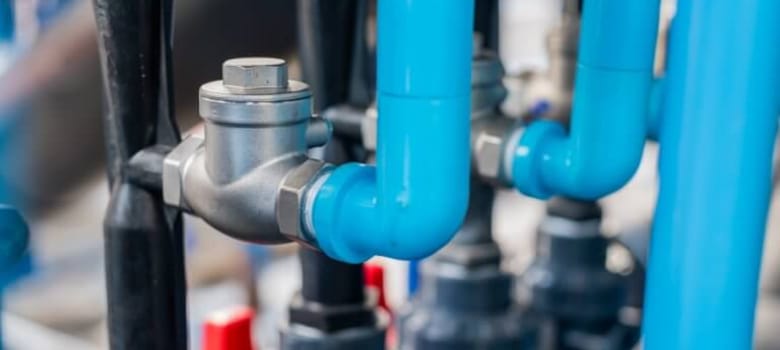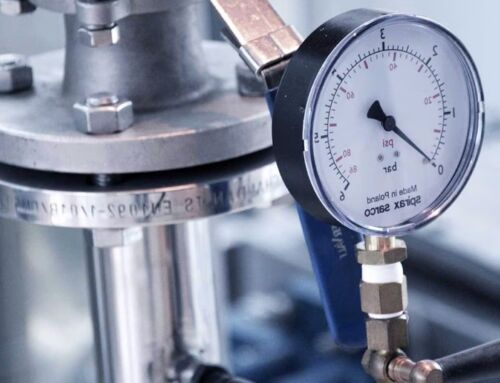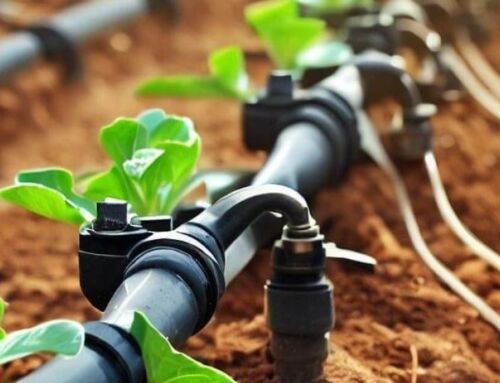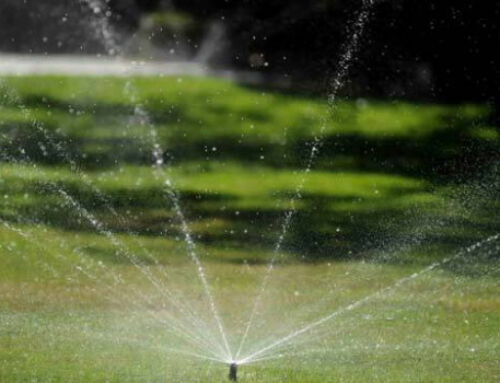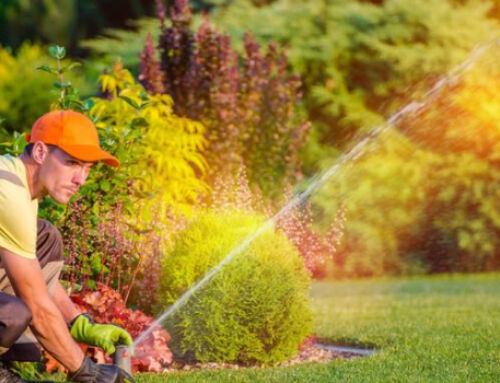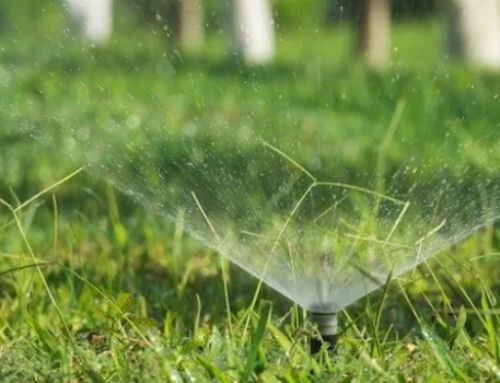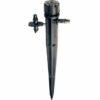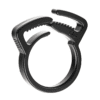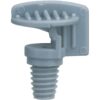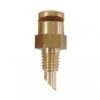Check valves are an essential component in fluid-handling systems to prevent backflow and protect equipment from damage.
Irrigation valves are used in a wide range of applications, from domestic plumbing to large industrial processes, and are available in a variety of types and materials – which can make the process of choosing the right valve a challenge.
If you’re based in Melbourne and are in the market, it’s important to choose the best type of check valve, to ensure the reliable and safe operation of your fluid-handling system.
With so many options available, it can be difficult to determine which is right for your specific needs. In this article, we’ll provide some guidance on how to choose the best type of check valve to suit your needs.
Step One: Understand the application requirements
Consider factors such as:
- Flow rate
- Pressure
- Temperature
- Fluid compatibility
- Installation orientation
These factors will help you determine the best type of check valve that is best suited for your system.
Step Two: Choose the best type of check valve
There are several types available, each designed for specific applications. Here are some of the most common types:
Swing valves
These valves use a swinging disc to block backflow. They are commonly used in applications where there is a low to moderate flow rate and pressure.
Tilting disc valves
These valves use a disc that tilts to block backflow. They are suitable for applications with high flow rates and pressures.
Lift valves
These valves use a piston or ball to block backflow. They are suitable for applications with low flow rates and pressures.
Diaphragm valves
These valves use a flexible diaphragm to block backflow. They are suitable for applications where cleanliness is essential, such as in the food and pharmaceutical industries.
Ball valves
These valves use a ball to block backflow. Ball valves are suitable for applications with high flow rates and pressures.
Wafer valves
These valves are designed to fit between two flanges. They are suitable for applications where space is limited.
Inline valves
These valves are installed in line with the piping. They are suitable for applications where space is not limited.
Explore more valve options below:
Step Three: Consider the material of construction
The material should be compatible with the fluid being handled and should be able to withstand the pressure and temperature of the system. Different types of materials of construction include brass, stainless steel, PVC, and cast iron.
Step Four: Check for certifications
Check valves that are used in critical applications should be certified by regulatory bodies such as ANSI, API, or ISO. These certifications ensure that the valves meet specific quality and safety standards.
Step Five: Consider maintenance requirements
They require periodic maintenance to ensure proper functioning. The maintenance requirements will depend on the type and the application. For example, swing valves require more maintenance than ball valves. It is important to consider the maintenance requirements before choosing the equipment.
Step Six: Choose a reputable supplier
It is important to choose a reputable supplier. A reputable supplier will offer high-quality products and provide excellent customer support. They will also have a wide range of products to choose from, making it easier to find the right type for your application.
Step Seven: Consider the flow characteristics of the valve
Some check valves, like swing valves, have a lower pressure drop and are better suited for low to medium flow rates. Other valves, like ball valves, have a higher pressure drop but can handle higher flow rates. Understanding the flow characteristics of your system will help you choose the best type of check valve to ensure optimal performance.
Step Eight: Determine the valve’s cracking pressure
Cracking pressure refers to the minimum pressure required to open the valve and allow flow. Knowing the cracking pressure is essential in ensuring that the valve will open at the correct pressure and prevent damage to the system.
Some check valves have adjustable cracking pressure, while others have fixed cracking pressure. Choosing a valve with the correct cracking pressure for your system is crucial to ensuring optimal performance.
Step Nine: Consider the installation requirements
Check valves can be installed vertically or horizontally, and the direction of flow must be taken into account to ensure that the valve operates correctly. The valve should also be installed in a location that is easily accessible for maintenance and repair. Make sure to consult the manufacturer’s installation instructions and guidelines to ensure proper installation of the valve.
Step Ten: Determine the valve’s response time
The response time of the valve refers to the amount of time it takes for the valve to close and prevent backflow. This is an important consideration in applications where backflow can cause damage or safety concerns.
Valves with faster response times are typically preferred in these applications. Some check valves also have a delayed response time, which can be useful in reducing water hammer or other pressure surges.
Step Eleven: Consider the cost
While it may be tempting to choose the cheapest valve available, it’s important to consider the long-term costs of the valve, including maintenance and repair costs. Choosing a high-quality valve from a reputable supplier may cost more upfront, but it can save money in the long run by reducing the need for maintenance and repairs.
Choose the best type of check valve to suit your needs
Choosing the best type of check valve for your application requires careful consideration of a variety of factors, including the:
- Application requirements
- Type of valve
- Material of construction
- Certifications
- Maintenance requirements
- Supplier reputation
- Flow characteristics
- Cracking pressure
- Installation requirements
- Response time
- Cost
By taking these factors into account, you can ensure that you choose a check valve that will provide reliable and safe operation of your fluid-handling system. Remember to consult with a qualified engineer or supplier to ensure that you select the best type of check valve for your specific application.
Plan and Install an Irrigation System With the Experts at Malvern Irrigation
At Malvern Irrigation, we take the guesswork out of how to plan and install an irrigation system by providing expert consultation, design, and installation services.
With over 50 combined years of industry experience, we’re ready and able to help consult on your new or existing irrigation system.
Call us on 03 9576 2344 or browse the online shop today.

